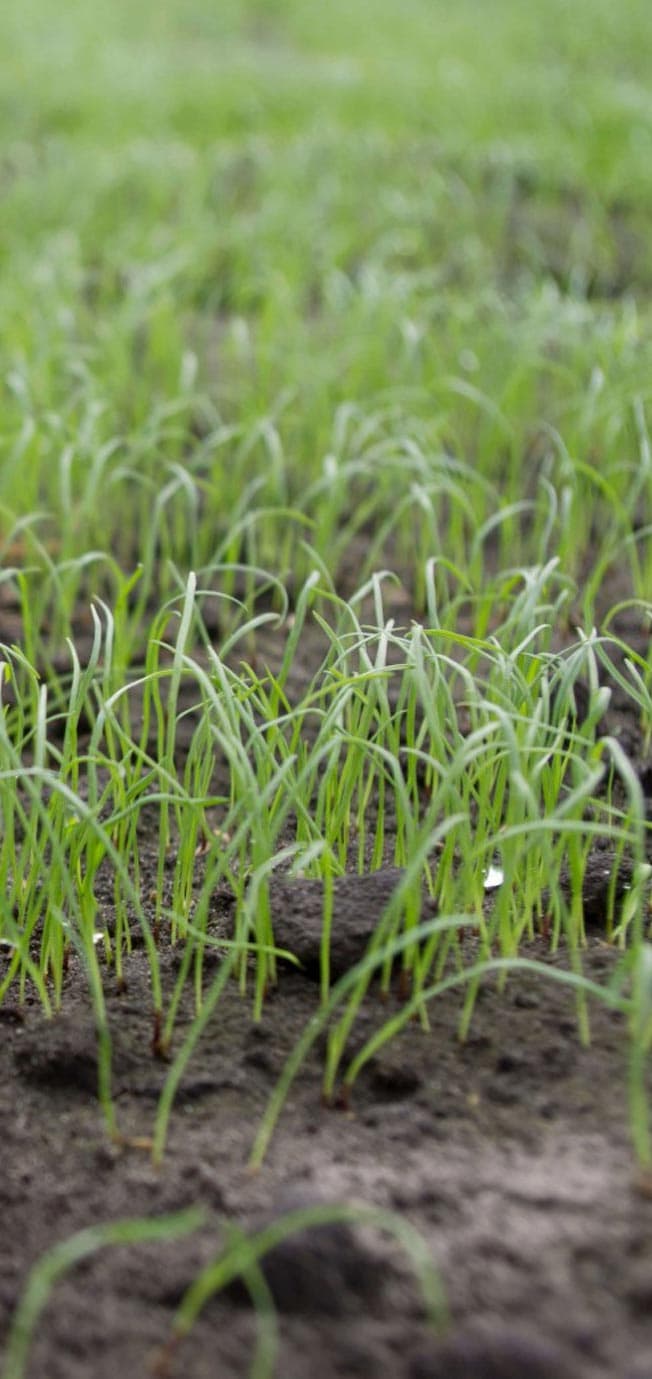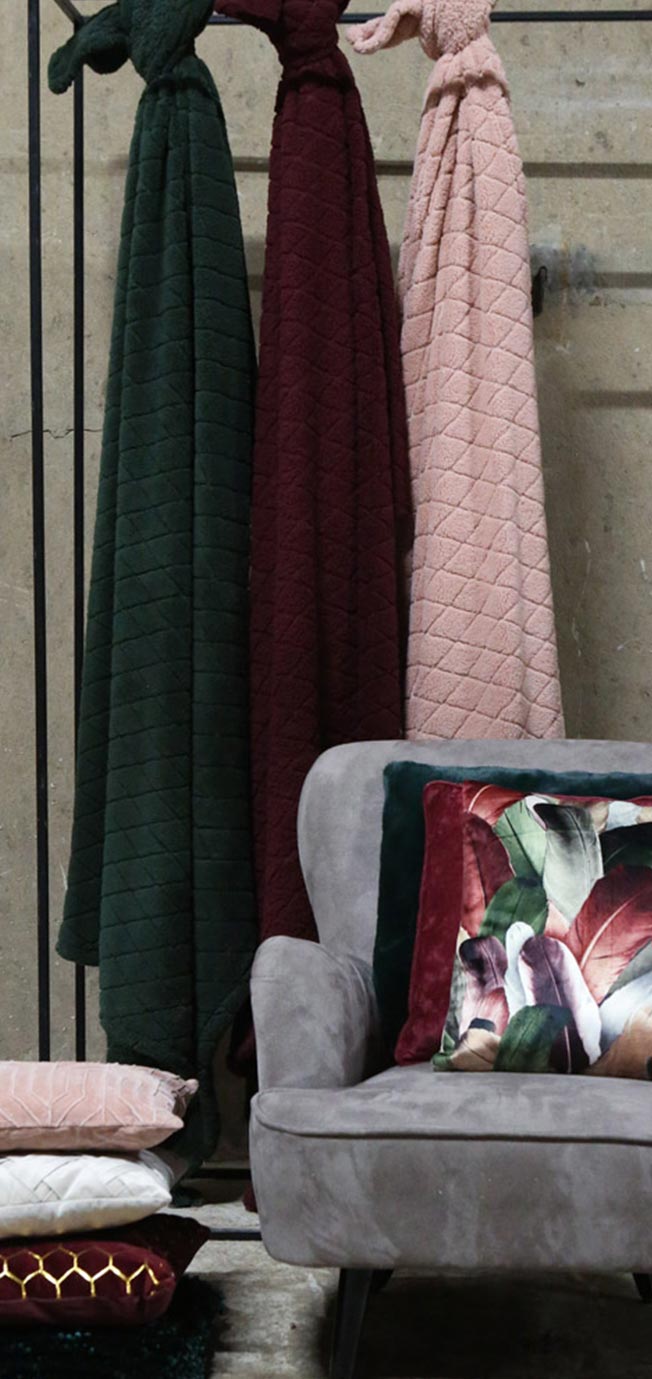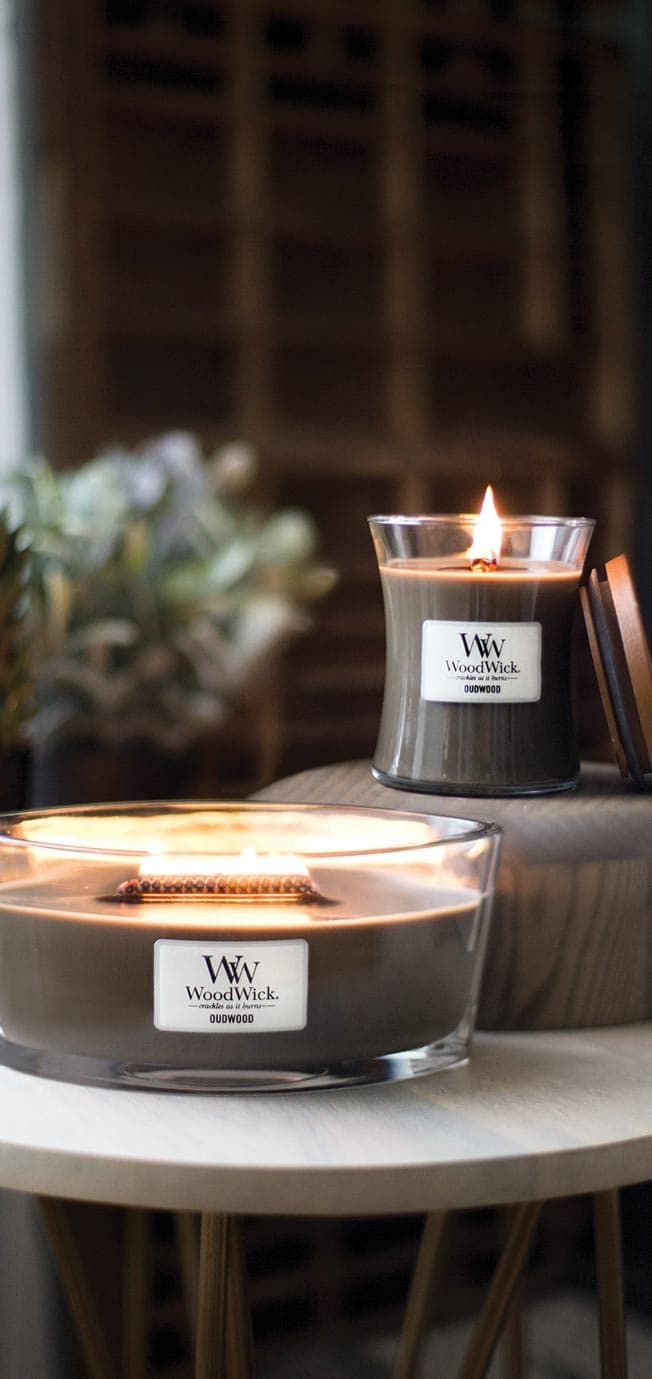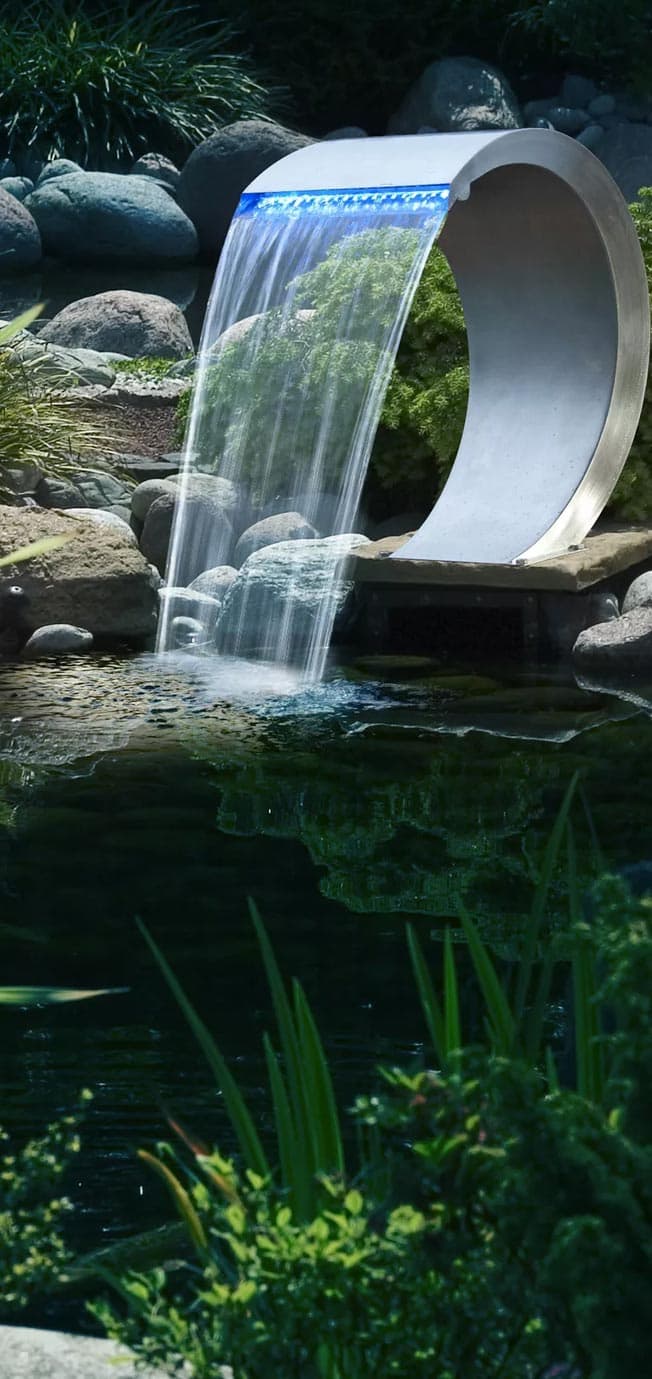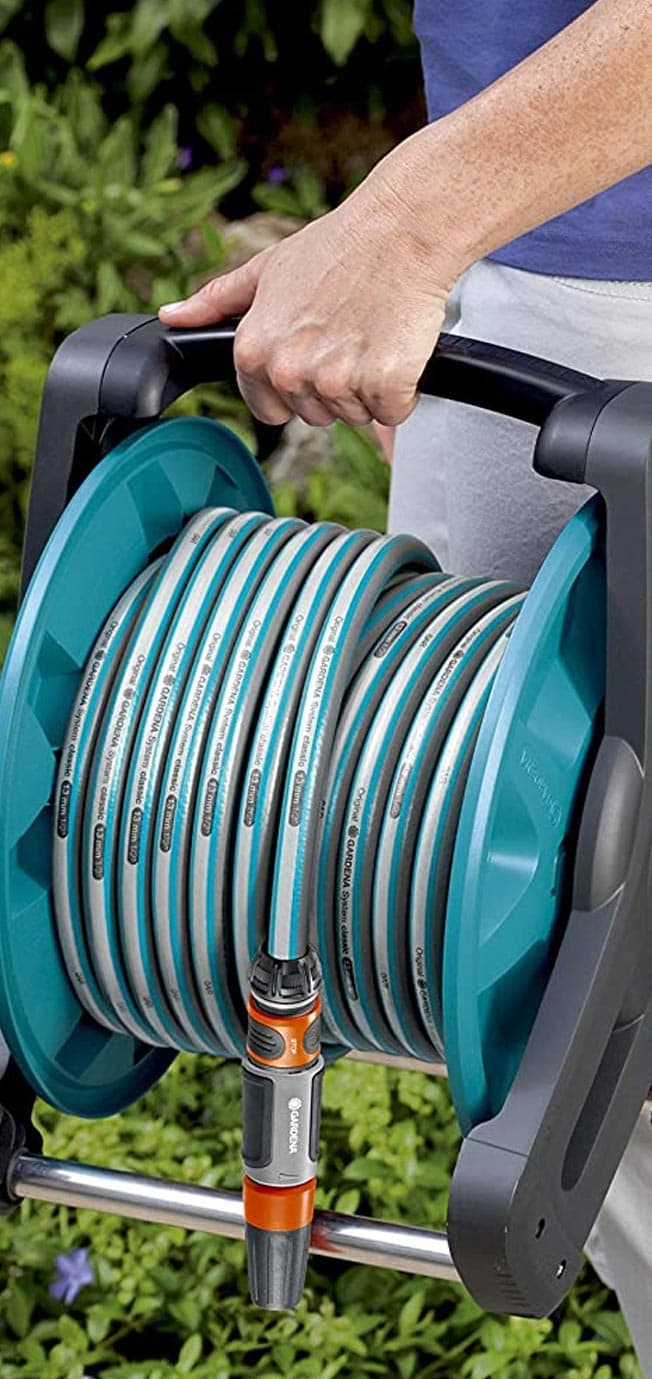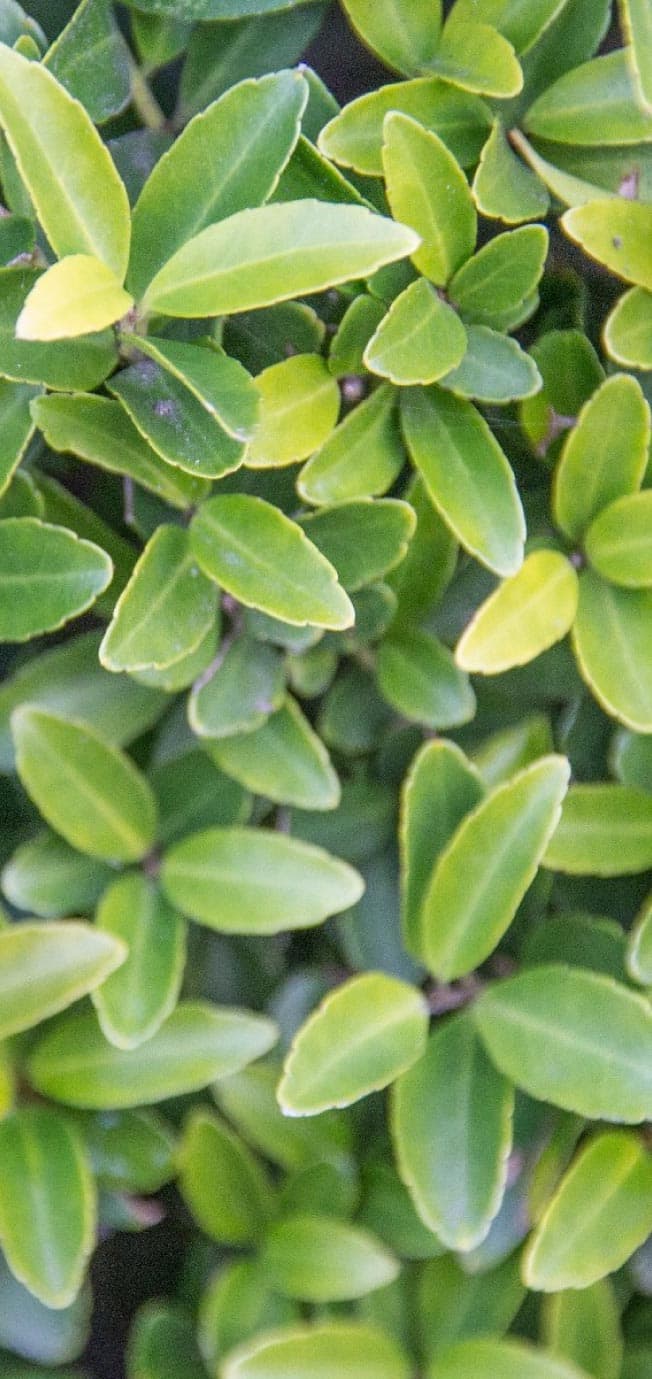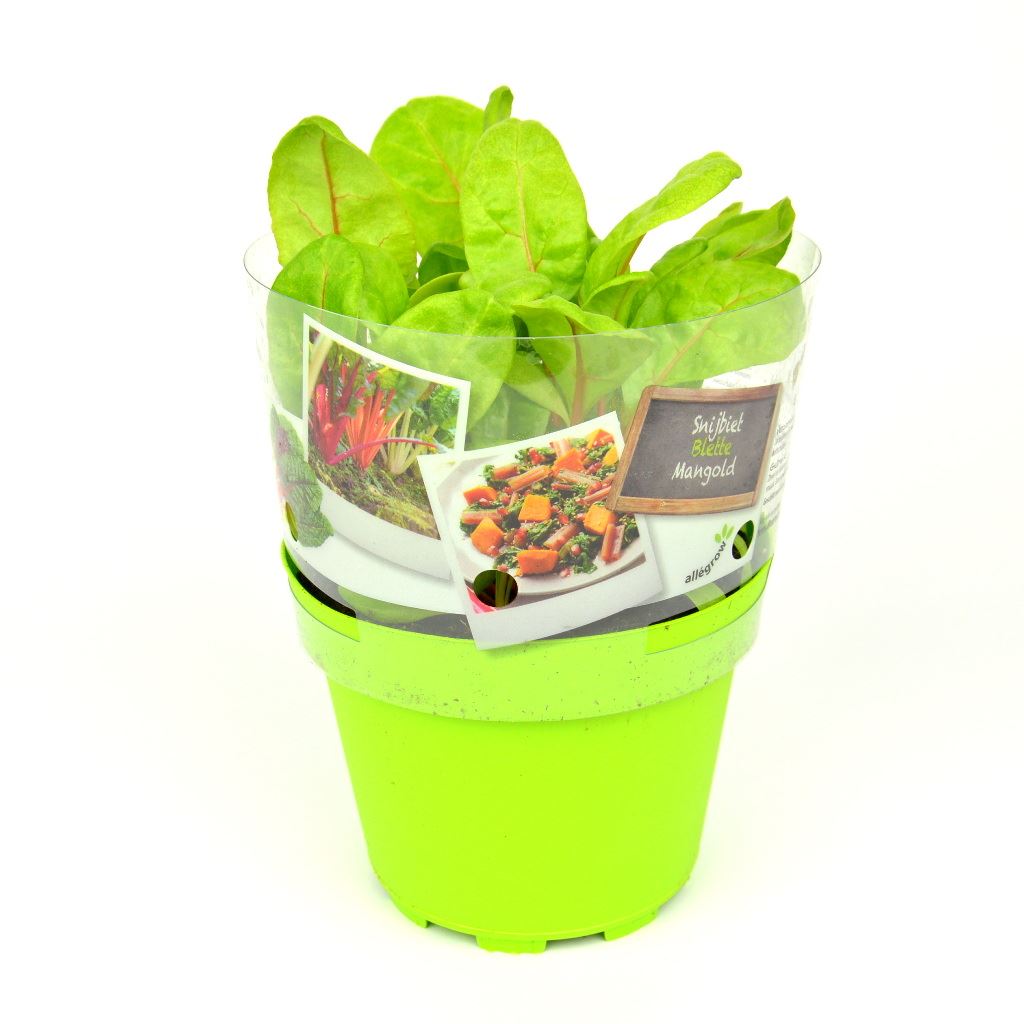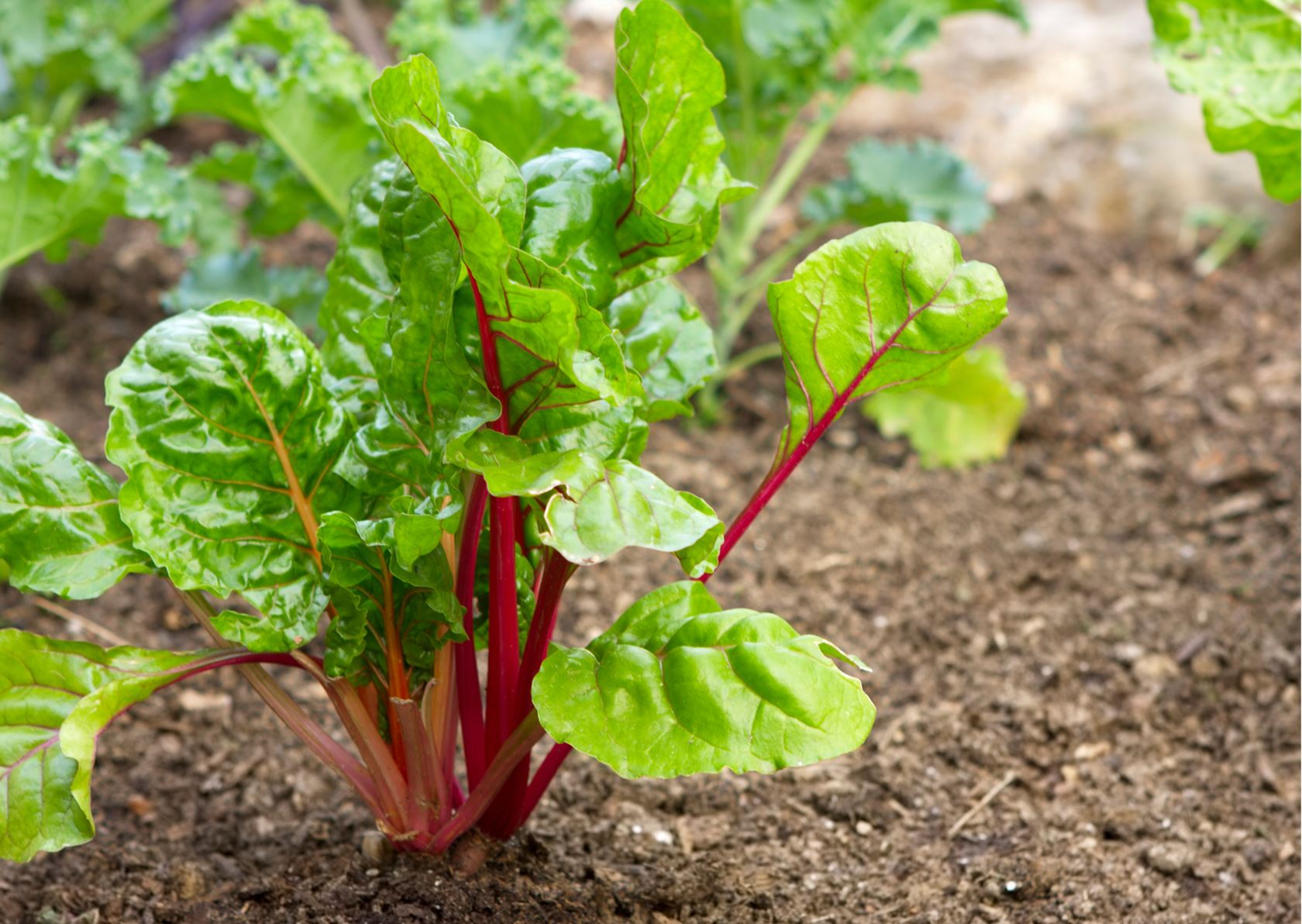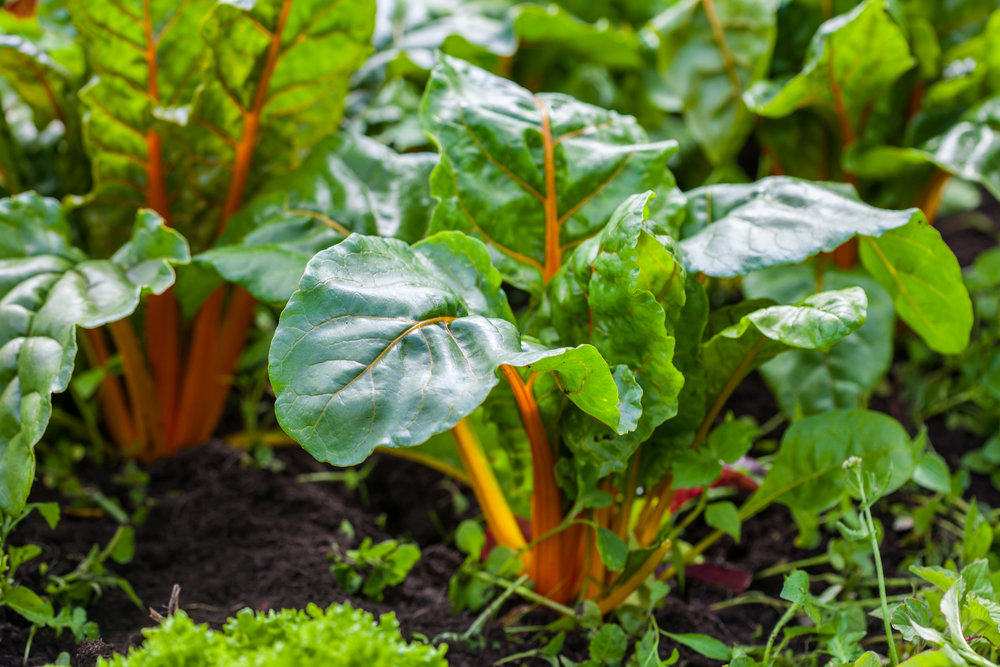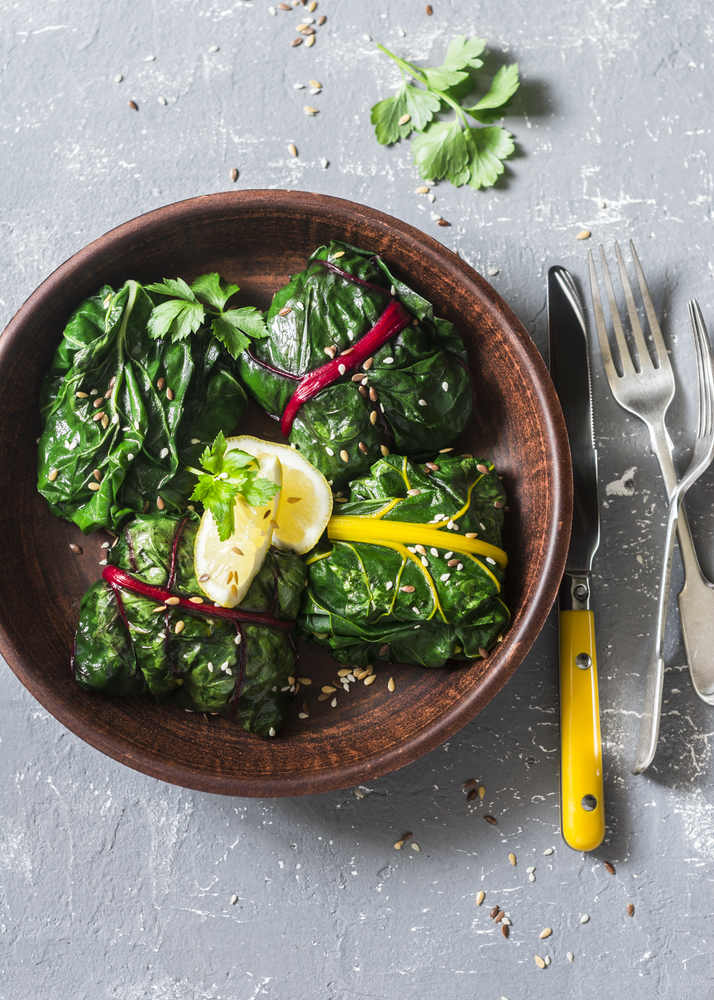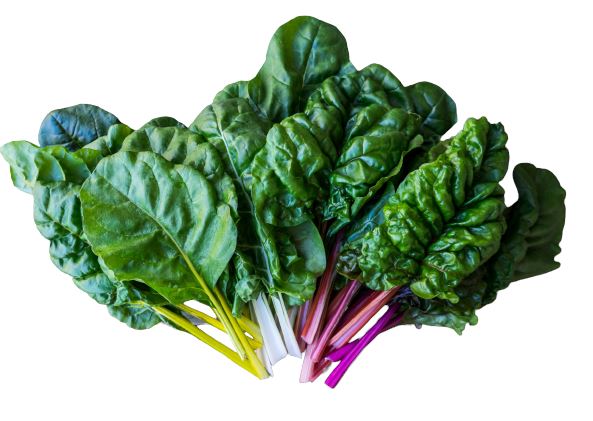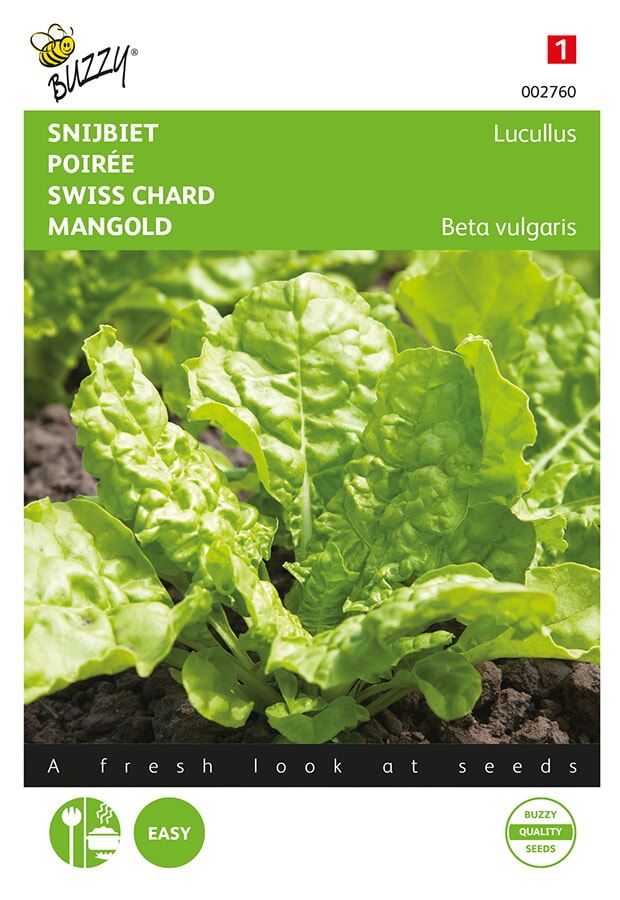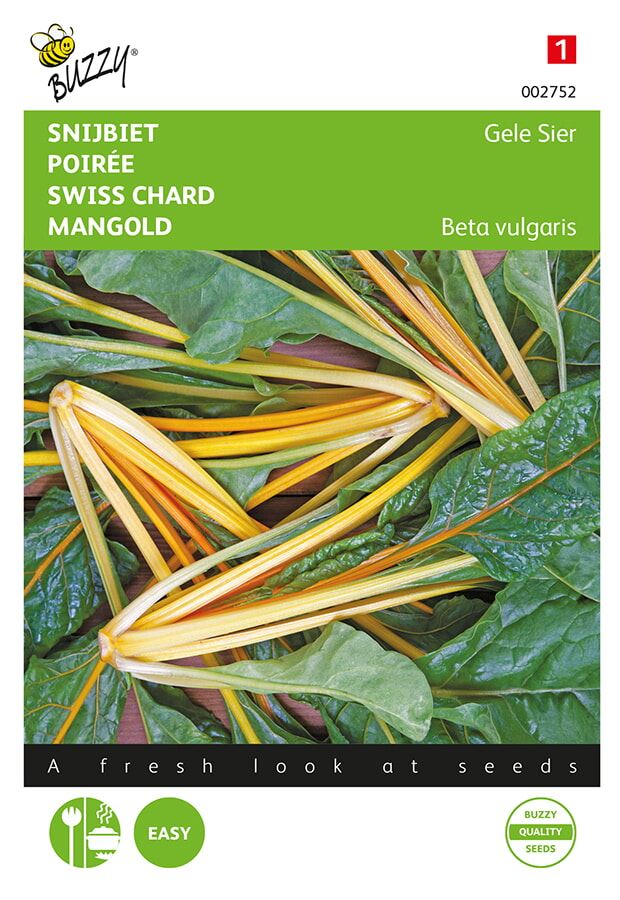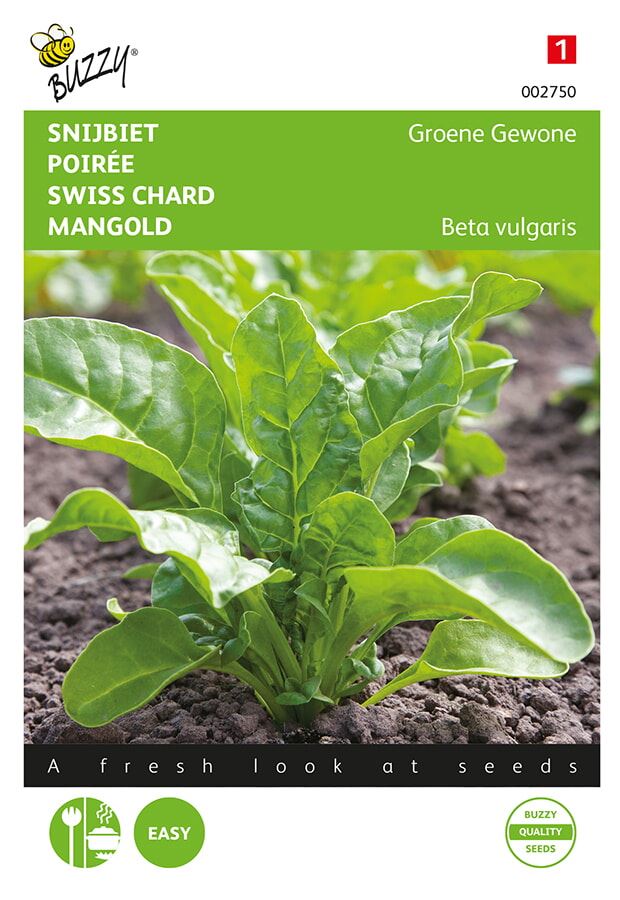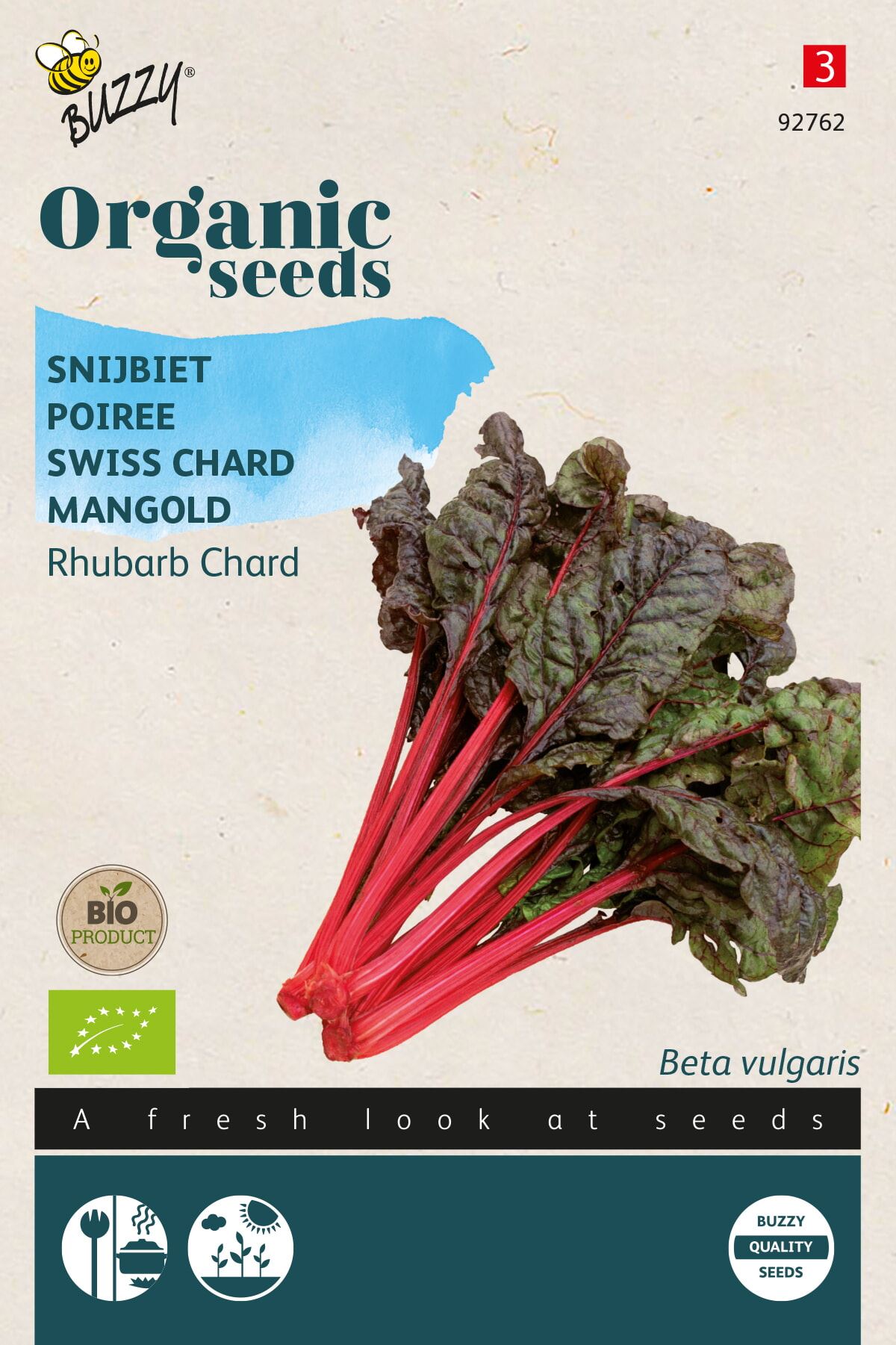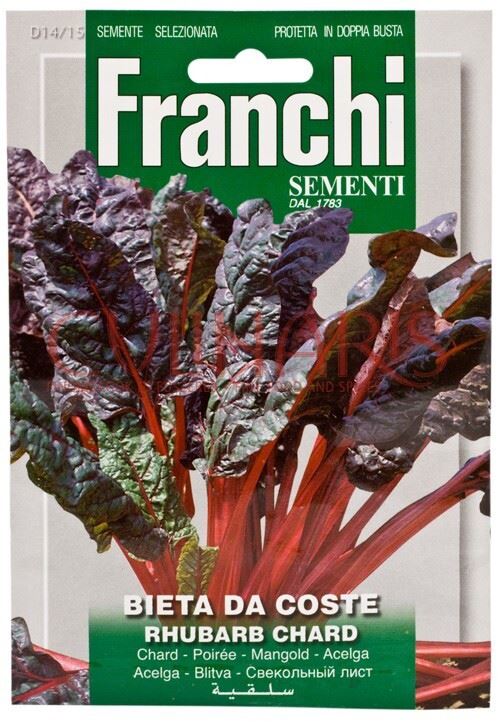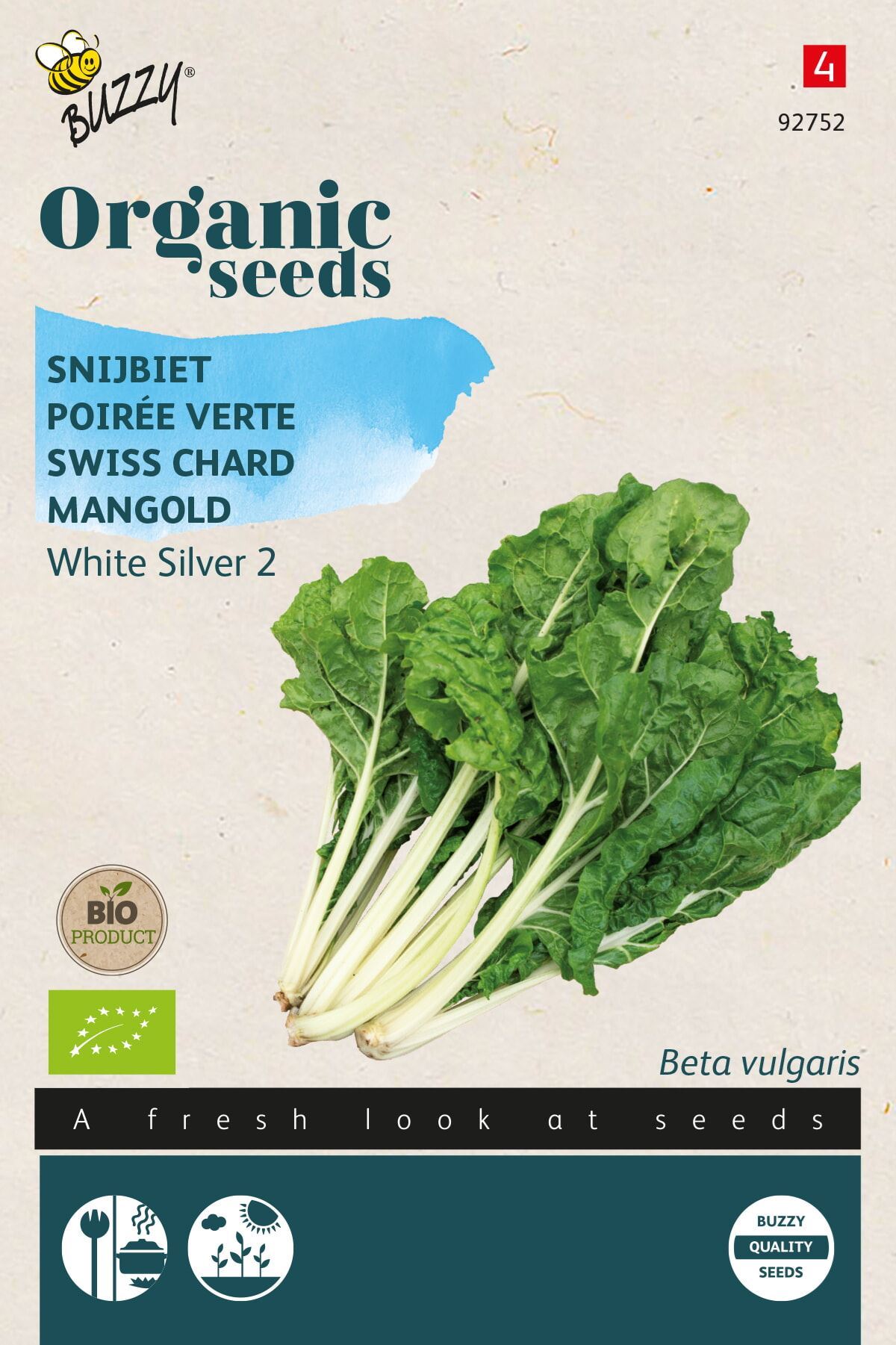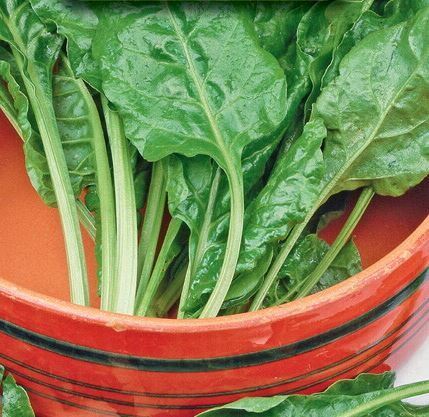Chard - pot ø13 cm (Beta vulgaris)
Snijbiet - warmoes
Product information "Chard - pot ø13 cm (Beta vulgaris)"
Chard (or warmoes) belongs to the Beta vulgaris, which also includes sugar beet and fodder beet.
It was mainly the Romans and the Greeks who were behind the development of this leafy vegetable. Throughout history, chard has also been used as a medicine against numerous diseases. Until the 17th century, chard was hugely popular with our eastern neighbors, afterwards its popularity declined with the advent of spinach. Both the leaves and the leaf stalks can be used in cooking. The taste is somewhere between spinach and beet.
CULTIVATION TIPS:
Swiss chard is a biennial easy-to-grow vegetable that does well in almost any type of soil. Swiss chard can be planted outside from mid-March to late July. The planting distance and growing time depends on whether you are growing for the leaves or for the petioles.
When growing for the leaves, the planting distance is 5cm in the row and rows at ± 20cm. For cultivation for strong leafstalks the planting distance is 30cm in the row and rows at ± 40cm. They feel most at home in a light and moist soil. In terms of fertilization, it is best to use a compound fertilizer (NPK) with a higher K value. This will benefit the growth and later also the taste. Provide sufficient water on hot summer days.
The plants can be overwintered during the winter. Cover them with straw and the plants will sprout back in the spring. The second year, the chard produces larger leaves but the taste is slightly more bitter.
HARVEST AND STORAGE:
Cultivation time is 6 to 8 weeks depending on whether you are growing for leaves or petioles. Regularly picking the young leaves promotes growth, keep the heart of the plant intact and 2 to 3 weeks later young leaves can be picked again. Never use a knife for harvesting, pluck the leaves or pull out the stems by hand.
The leaves of the chard should be prepared immediately, the leaf stalks can be kept in plastic for a day
PROBLEMS AND DISEASES:
Chard is little susceptible to fungal diseases. What can occur exceptionally is leaf spot disease, mosaic virus and leaf yellowing. The beet fly (pegomya hyoscyami) can affect the leaves in cool summers as the maggots eat holes in the mesophyll.
CULINARY:
The leaves can be eaten fresh as a salad or prepared like spinach. The leaves are firmer than spinach and so the cooking time is slightly longer. The leaf stalks can be stewed or boiled in pieces until tender (2 times longer than the leaves).
There are numerous possibilities for processing: chard puree, chard with cheese sauce, quiche with chard, gratin, oven dishes,...
MEDICINAL:
Chard was used by the Romans as an aphrodisiac and laxative. Hippocrates, one of the founders of modern medicine, used the leaves of chard to bandage wounds. During the Middle Ages, chard was a medicine for blood and digestive diseases.
Today, chard is used in the treatment of Alzheimer's disease and diabetes. Swiss chard or warmoes is a huge source of vitamins, minerals and antioxidants. Helps with detoxification and is good for the bones. Eating chard counteracts the bad breath smell after eating garlic
VARIA:
Chard is not only delicious and healthy but is also very decorative in the (vegetable) garden.
Swiss chard and warmoes are commonly used as synonymous although this is not entirely accurate. Chard are commercially species with a lot of leaves, warmoes are usually species with thick veins and petioles.
Product specifications
| Application / use plant: | Unknown - n/a |
|---|---|
| Bloom Month: | Unknown - n/a |
| Bloom color: | Unknown - N/A |
| Branches / bark: | Unknown - n/a |
| Dutch plant name: | Kroot, Rode biet |
| Frost hardiness - details: | Very bad (-1 till +4°c), usda zone 10 |
| Frost resistance: | Not winter hardy |
| Fruit: | Unknown - n/a |
| Full grown plant height: | 30-60 cm |
| Growth habit : | Unknown - n/a |
| Growth habit - details: | Pulse-forming |
| Humidity/Soil: | Normal soil |
| Latin plant family: | Amaranthaceae |
| Leaf / Foliage: | Red/brown |
| Leaf / foliage - details: | Red tinted with red stems |
| Location: | Reasonable sun |
| Location - details: | Sun till half-shade |
| Minimum growing height (in cm): | 30 |
| Plant characteristic: | Edible (fruit, leaf, flower) |
| Plant family: | Amaranth family |
| Winter foliage: | Losing leaf |
| maximal growth height (in cm): | 50 |
| type of crop: | Vegetables |
| type of soil: | All soil types |
| type of soil / ground - details: | Any good garden soil |
Pictures of this plant
Reviews
Login

